Why Fountain Pens
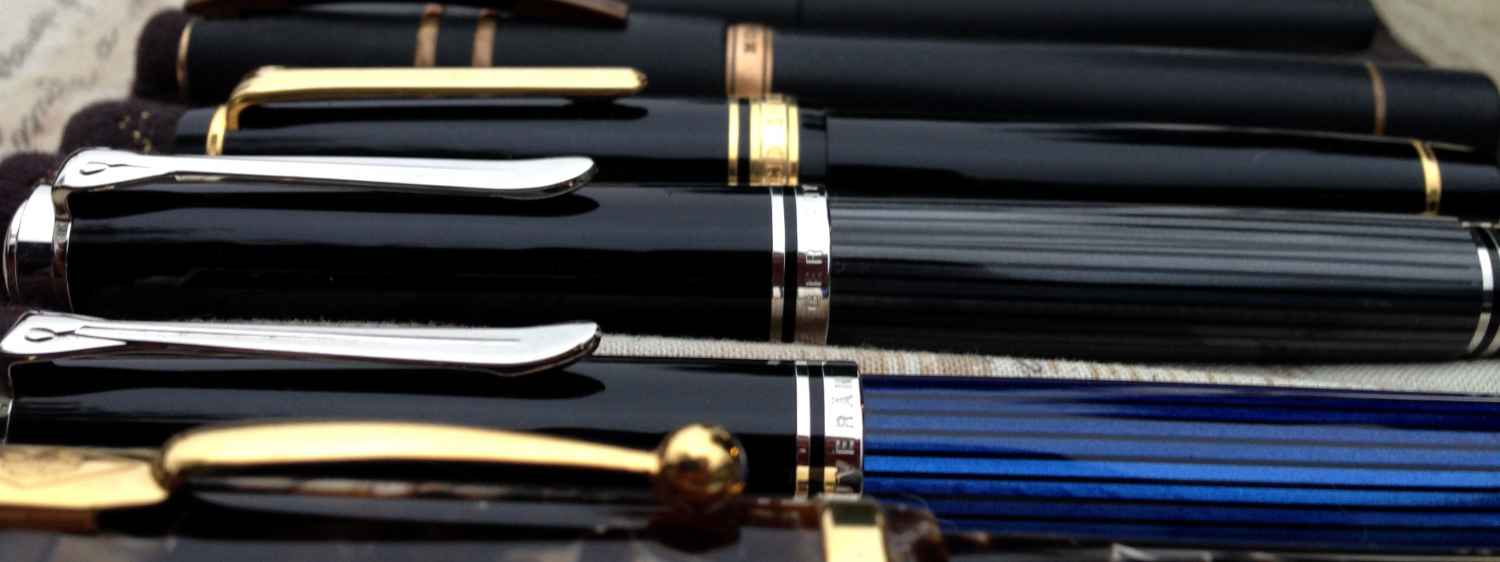
By my understanding, there was a time when the fountain pen was common, standard, possibly even the de facto writing instrument. That time, if it truly existed, is in the past. Because of this, there is — for me at least — a romantic appeal surrounding the fountain pen. They harken back to a time when life was “simpler” (is life ever simple?): a time when men wore fedoras and suits, were private investigators (or bull whip carrying archeologists), and families smiled at each other while eating a pot roast. For me, there has always been a soupçon of sophistication surrounding the fountain pen, and that was what initially drew me into this hobby.
Beyond romanticized feelings there are reasons I persist with fountain pens. If I am to be honest, there is nothing sophisticated about writing a TODO list, nor a shopping list (imagine Phillip Marlow or Sam Spade writing “diaper rash cream” in neat, perfect, Palmer Method cursive). Yet in and amongst a domesticated life these simple, even elegant, tools still call out to me with their aesthetics, depth of expression, choice of nib, and an unparalleled writing experience.
Aesthetics
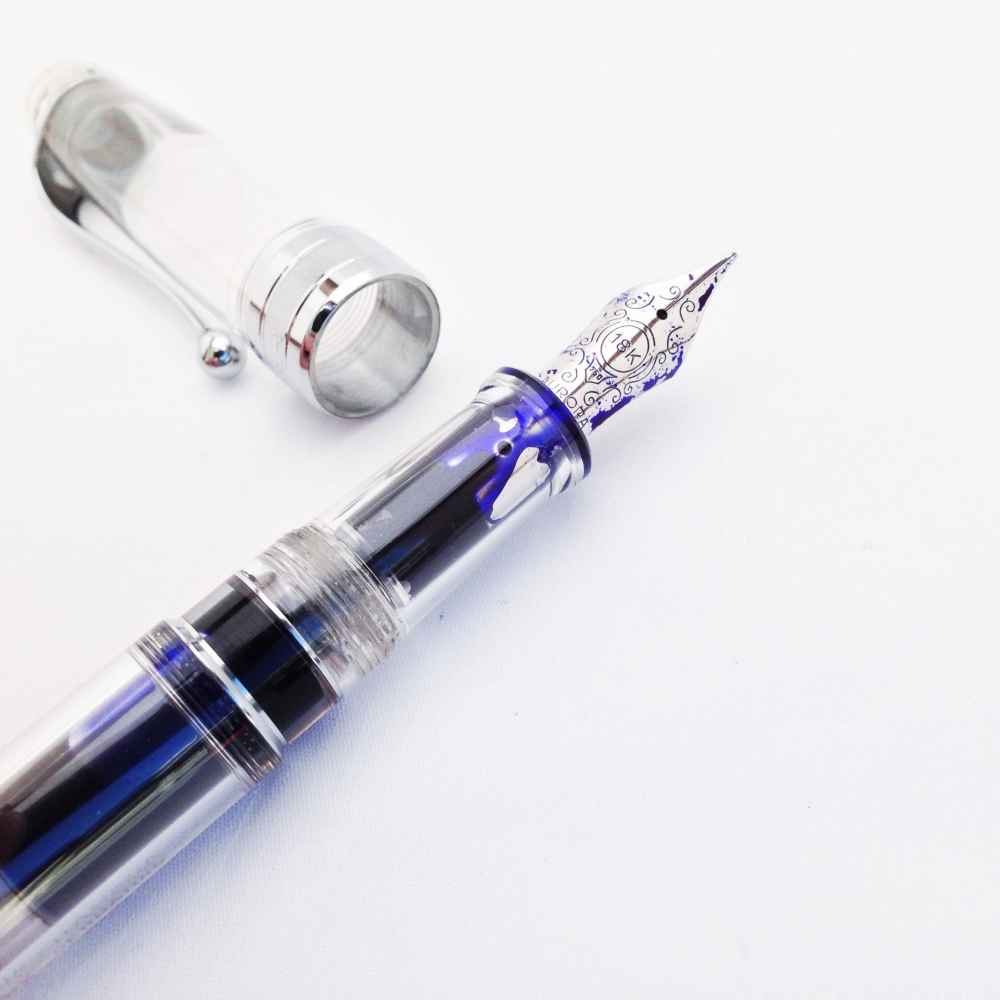
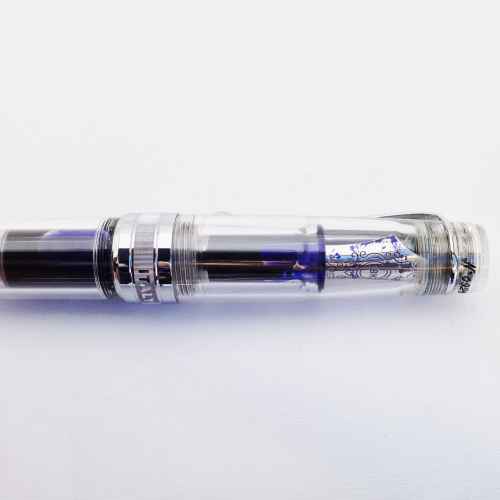
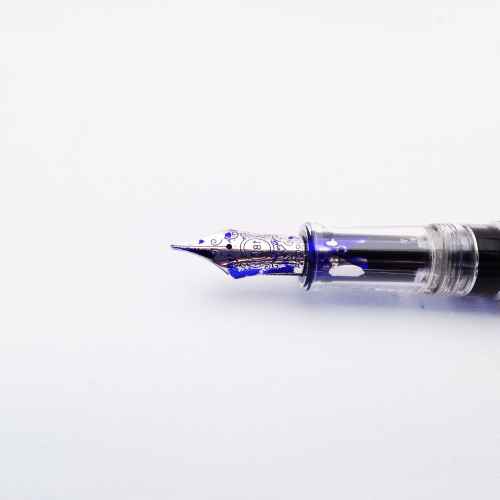
Fountain pens appeal to the senses more so than other writing instruments. It is not uncommon to refer to a fountain pen as a work of art. Indeed, some are, especially those that are hand painted or have inlaid adornments. Apart from that there is a tactile aspect that is surprisingly deep if not subtle. The feel of the material, the presence of the pen as it sits in your hand, its girth and length, weight and balance, all contribute to an overall experience. When one finds that perfect blend, when the pen no longer stands between your thought and its realization upon paper, it is hard, if not impossible, to go back to any other writing instrument. Beyond even this is the feeling of using the pen. There are nibs so smooth it feels as if your pen is hydroplaning on the ink it is laying down. Other nibs are tuned such that you can feel the paper through your pen as you write, as if each individual fiber were speaking to you in a penman’s braille.
Let us not forget sound. I have some pens that have the most delightful sound when posting or capping the pen. I’ve often looked for an excuse to use these pens for the sheer joy of listening to them. Then there is the sound of the nib on the paper: a rhythmic swishing not unlike a swashbuckler defending his honor. It is almost as lovely as the machine-gun staccato of a type-writer at full speed.
Finally there is the matter of the olfactory senses. Most pens, in and of themselves, are odorless, as are most inks. However, there do exist scented inks which offer a pleasing aroma to the wielder of the pen. These are perhaps not common, but they exist, are not hard to come by online, and add something a little special.
Depth of Expression
Fountain pens allow a level of self-expression rarely found in writing. They come in all shapes and sizes. Some small, fit for pocket or a purse. Some are large and have an incredible ink capacity for those long writing sessions. Often they are available in an array of colors from under-the-radar stealth looks, to vibrant eye-catching finishes. A personal favorite of mine are the demonstrators; these are pens that are either translucent or transparent. These pens allow any and all to see how a fountain pen works, from the filling mechanism to feed, and show off how much of what kind of ink you have.
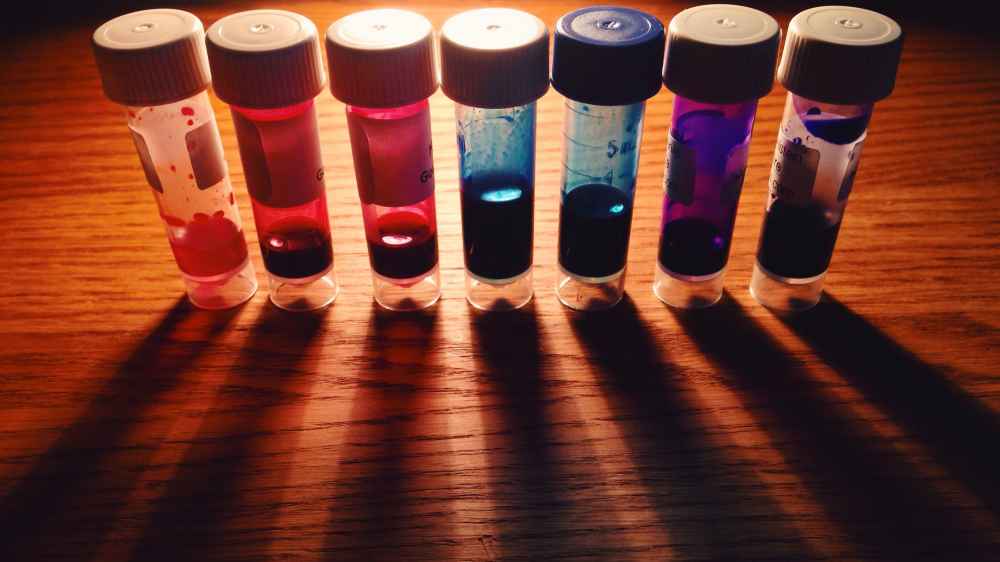
There are hundreds of inks out there in a dizzying array of colors. Some are waterproof, some are forgery resistant, some have gold flecks suspended in them, some change color under blacklight, bleach, or even water. With so many options one can choose an ink that best expresses his or her mood, personality, sentiment, and/or feelings. This aspect is one of the stronger appeals to fountain pens and allows for an incredible range of expression, not to mention a lifetime of enjoyment and discovery.
Choice of Nib
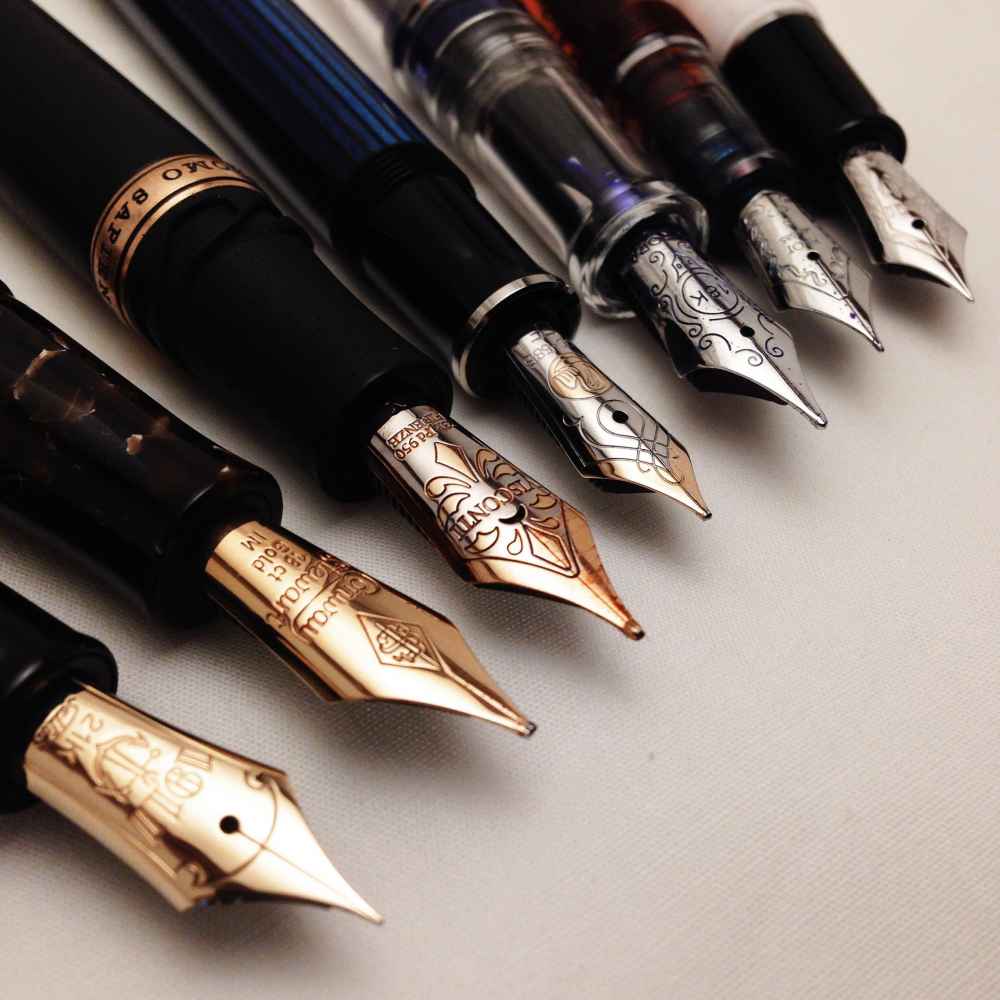
The nib, more than any other part of the pen, matters the most, for it is the part of the pen that touches the paper. It is what determines how much ink you apply to the page, especially how wide of an ink path it leaves behind. Here is where fountain pens offer some amazing variety. These days the standard writing implement is a monoliner: the line produced does not vary in thickness regardless of the direction of the stroke. This includes fountain pens; however, fountain pens do offer more choices in this regard.
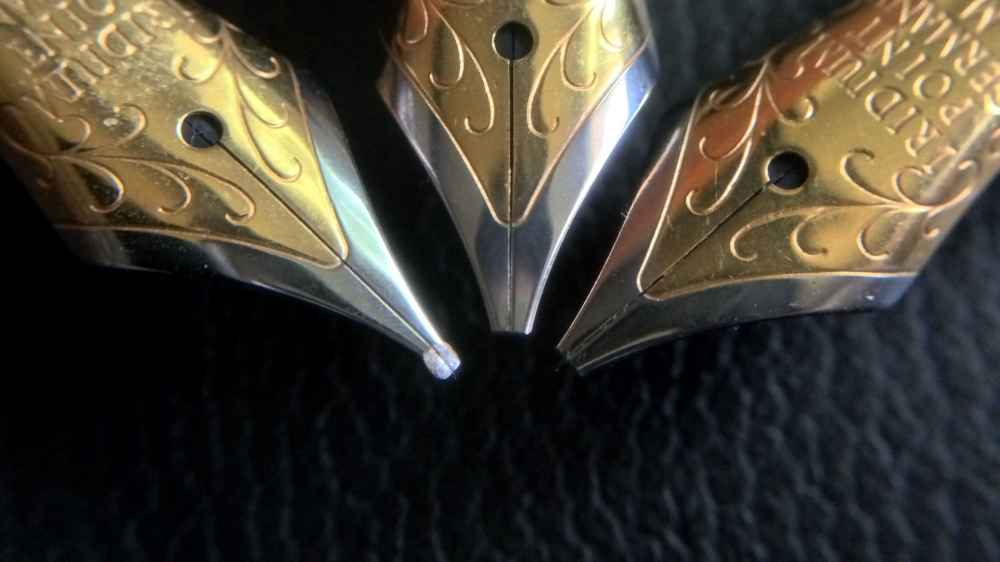
There are edged nibs, more commonly referred to as stubs, italics, or cursive italics. These happen to be my preferred nib. They offer a vertical stroke that is thicker than its horizontal stroke. This is more or less required if you want to practice any form of italic, celtic, foundational, blackletter, et cetera. Many of the styles associated with Calligraphy require an edged pen. By no means must one use a calligraphic style with these nibs. Many people with whom I correspond use a stub or italic nib, to great effect, with their normal cursive.
There are flexible nibs, which allow the downstroke to vary in width with applied pressure. This requires a bit more skill than many of us were taught in school. Flexible nibs were once fairly common as were styles of handwriting that took advantage of this ability. Consider the Declaration of Independence (and John Hancock’s famous signature) or the United States Constitution both of which are beautiful and employ a writing point that is flexible. My favorite pen video on YouTube is one that shows off a Spencerian nib modification:
There are other types of nibs as well, such as the architect’s point: they are the opposite of an italic nib in that their horizontal stroke is wider than the vertical stroke. There are nibs that can change their stroke characteristics based on the angle of the pen. Then there are the fude de mannen nibs which mimic a brush. There are even pens that exchange the traditional metal nib for a brush, but are otherwise a fountain pen.
Unparalleled Writing Experience
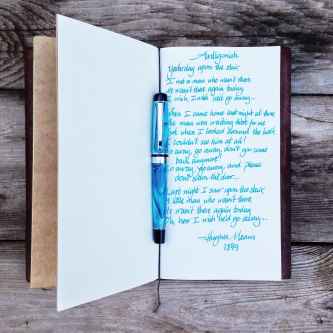
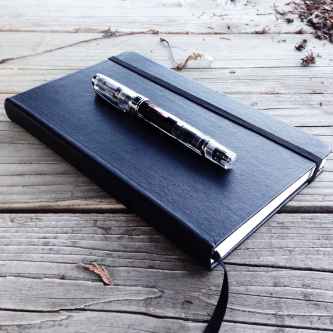
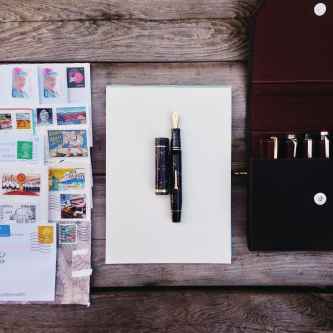
As I alluded to earlier, fountain pens, for me, are mostly about the experience of writing. There is something magical when the right pen, right nib, right ink, and right paper meet. That may sound like a fussy equation, with too many variables. Honestly, there have been times where the wrong kind of paper ruined my otherwise crisp writing, or the ink in the pen clashed with my mood. It was an all too common experience in my early days, but now it rarely happens. These days my pen glides across the page the way I want it to, and the freedom I feel is sometimes euphoric. The experience provided with fountain pens is combinatory. It’s more than just the pen, or just the ink. At times the thrill comes from subtleties and nuance, at others it’s the energetic vibrance of a swoosh, flourish, or artistic ink splatter. When words flow effortlessly onto the page in a style, size, and color of one’s choosing it is hard to accept anything else.
* * *
In this digital age fountain pens may not be for everyone, but they offer an array of delight and enjoyment. They appeal to our senses. They allow us to express ourselves beyond black or blue. They call to mind important documents from history. They are romanticized, elegant, stately, art, mightier than the sword. They are a tool which brings me delight each and every time I use them. Why fountain pens: because I like them.
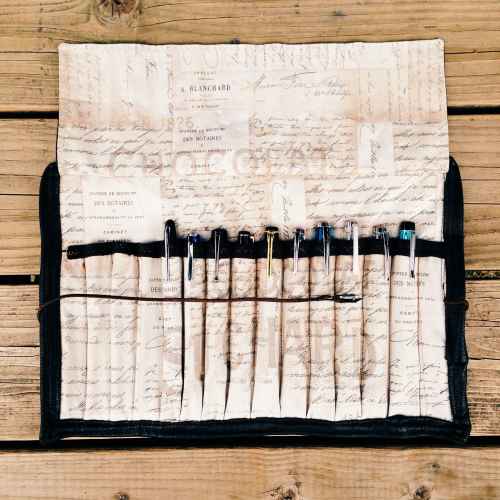
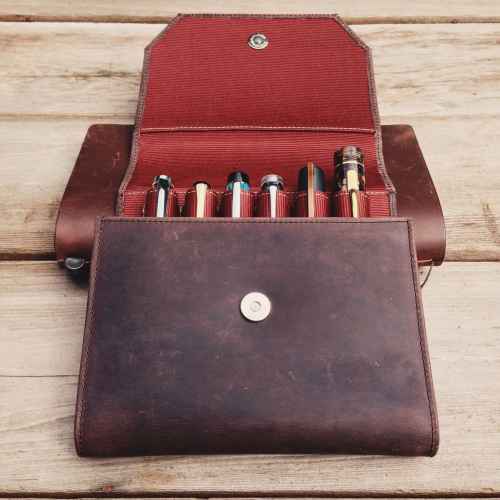
Published April 10, 2015
Commentary
There are no comments on this entry.